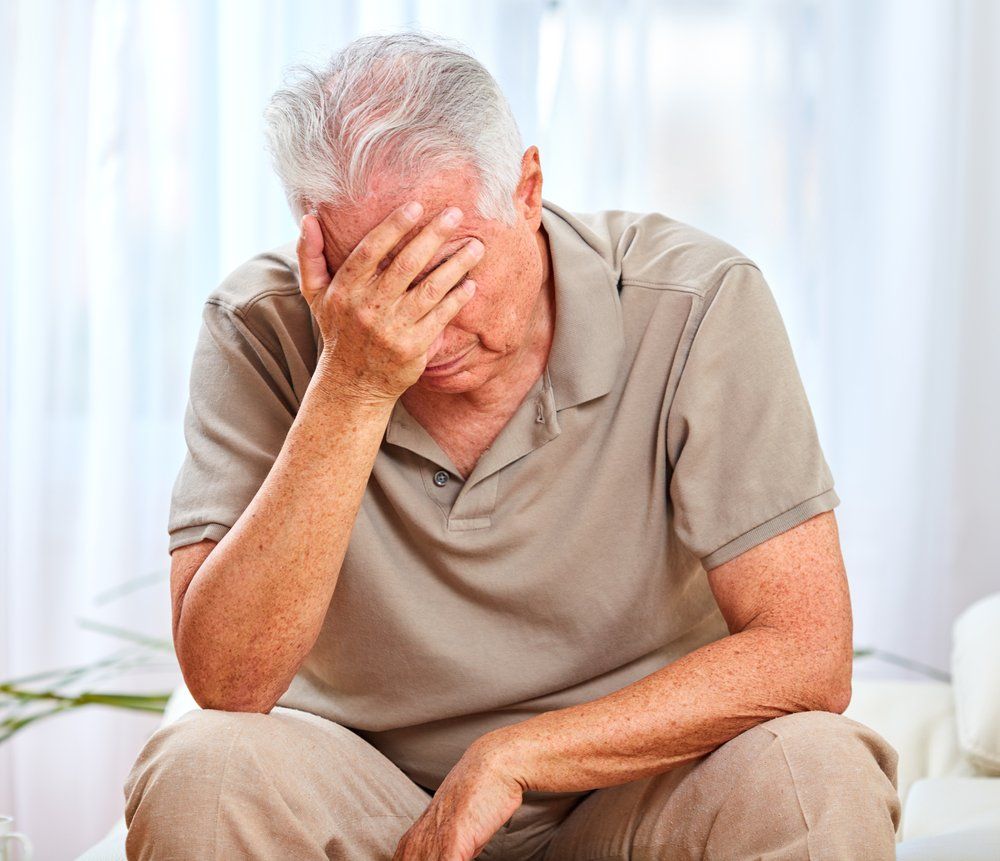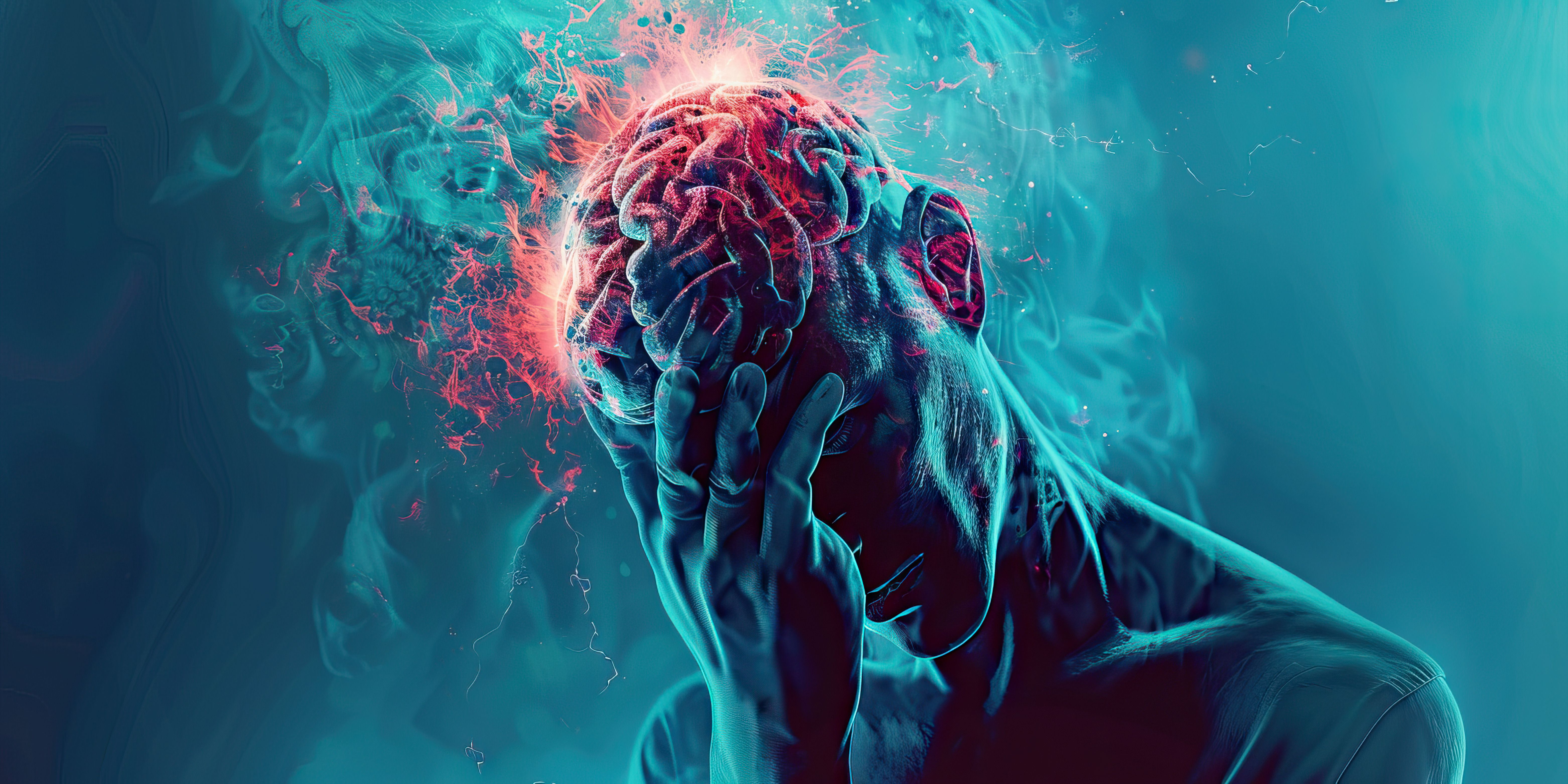Article
Sleep Problems Can Guide Antidepressant Selection
Author(s):
Even as antidepressants improve mood, they can worsen sleep-and poor sleep is both a symptom and a cause of depression.
©Kurham/Shutterstock

There’s a paradox with antidepressants. Even as they improve mood they can worsen sleep, and poor sleep is both a symptom and a cause of depression. It’s a common problem, but one that can be avoided by selecting the right antidepressant. At the American Psychiatric Association’s Annual Meeting, Nikhil Rao, MD, identified antidepressants that work well with specific sleep disorders, including insomnia, restless legs syndrome (RLS), and obstructive sleep apnea.
Antidepressants and insomnia
A sedating antidepressant makes sense for patients with insomnia and depression, but just as important is how that antidepressant affects sleep quality. Mirtazapine and trazodone are two antidepressants that help patients fall asleep and improve their sleep architecture. However, mirtazapine’s sedative effects are greater in the lower dose range (15 mg and below), which may not treat depression. Trazodone also has limitations. Its sedative effects tend to wear off over time, and it comes with risks including daytime fatigue, reduced recovery rates in depression (a paradoxical phenomenon seen in adolescents),1 and dry mouthâwhich itself may interfere with sleep.
Some atypical antipsychotics have sedative effects, particularly quetiapine (Seroquel). Quetiapine carries too many risks to recommend it for primary insomnia, but it is appropriate for antidepressant augmentation (150 to 300 mg qhs). Quetiapine is not just sedating. It also improves the deep, restorative phase of sleep.2
The SSRIs can cause insomnia and worsen sleep quality, but bupropion is surprisingly more favorable for sleep. Although it is activating in the daytime, bupropion causes no more insomnia than the SSRIs and has neutral or positive effects on sleep architecture. Most of the tricyclics have similar problems as the SSRIs. Two exceptions are amitriptyline and doxepin. These sedating tricyclics can help with sleep initiation, but they do not improve sleep architecture.
One hypnotic that Dr Rao warned against is diphenhydramine, the sedative ingredient in many over-the-counter sleep aids from Benadryl to Tylenol PM. The problem is that diphenhydramine worsens cognition in the short term and raises the risk of dementia with chronic use.3,4 Its anticholinergic and histaminergic mechanism is the likely culprit here. Hydroxyzine (Vistaril) has similar effects and probably carries similar risks. Dr Rao pointed out another limitation of diphenhydramine: its sedative effects tend to wear off after 3 weeks.
Antidepressants in restless legs syndrome
RLS is common in two conditions that often co-occur with depression: ADHD and PTSD. Although serotonergic antidepressants can cause RLS, bupropion appears to treat it, according to a randomized controlled trial.5 Another medication to watch for in patients with RLS is mirtazapine. Although it is often used for insomnia, in some studies the risk of RLS is greater with mirtazapine than with other antidepressants.6
Finally, there is an FDA-approved treatment for RLS that can treat depression as well: pramipexole. In small, positive controlled trials in both bipolar and unipolar depression, this dopaminergic agonist worked as monotherapy and as augmentation. The dose for depression (1 to 2 mg qhs) is higher than the typical RLS dose (0.125 to 1 mg qhs).7
Antidepressants in obstructive sleep apnea
Obstructive sleep apnea is the only sleep disorder in which SSRIs may have an advantage. Most apneas occur during REM sleep, and SSRIs suppress this phase of sleep. SSRIs may also improve sleep apnea through direct effects on smooth muscle in the upper airway. These theoretical advantages translated into clinical benefits in a handful of studies.8,9 The same cannot be said for mirtazapine. That antidepressant was once thought to improve sleep apnea, through smooth muscle effects, but the theory did not hold up in practice.10 The risk of weight gain associated with mirtazapine also makes it less desirable in this population.
Sleep apnea is more common in overweight, middle-aged men with thick necks, but another type of patient is breaking this stereotype. Newer studies have identified alarming rates of obstructive sleep apnea (40% to 75%) in PTSD.11 These patients tend to be young and thin, so how can they have sleep apnea? The exact cause is unknown but may be related to the effects of PTSD on autonomic hyperarousal and pharyngeal smooth muscle.
Although insomnia is common in patients with obstructive sleep apnea, hypnoticsâparticularly benzodiazepinesâcan suppress breathing and worsen hypoxia in these cases. Dr Rao recommends clonidine for insomnia in apneic patients. Besides its sedative effects, clonidine decreases the apnea-hypoxia index, a key outcome measure in obstructive sleep apnea.12 Clonidine reduces nightmares in PTSD and also improves a nocturnal impairment often seen in depression: sleep fragmentation.13
The bottom line
No single antidepressant is best for sleep, but each has properties that can help or harm depending on the patient’s sleep disorder. Selecting the right one can improve daytime functioning and lead to a fuller recovery.
Chris Aiken, MD, is the Director of the Mood Treatment Center, Editor in Chief of The Carlat Psychiatry Report, and Instructor in Clinical Psychiatry at the Wake Forest University School of Medicine. He has served as a subinvestigator on phase-III clinical trials and his research interests include diagnosis of mood disorders, novel pharmacologic agents, and natural and environmental approaches to mental health.He is the coauthor with Jim Phelps, MD, ofBipolar, Not So Much, a self-help book for Bipolar II (W.W. Norton & Co; 2017). He does not accept honoraria from pharmaceutical companies.
Disclosures:
Dr Aiken does not accept honoraria from pharmaceutical companies but receives honoraria from W.W. Norton & Co. forBipolar, Not So Much, which he coauthored with Jim Phelps, MD.
References:
1. Sultan MA, Courtney D. Adjunctive trazodone and depression outcome in adolescents treated with serotonin re-uptake inhibitors. J Can Acad Child Adolesc Psychiatry. 2017;26:233-240.
2. Wine JN, Sanda C, Caballero J. Effects of quetiapine on sleep in nonpsychiatric and psychiatric conditions. Ann Pharmacother. 2009;43:707-713.
3. Gray SL, Anderson ML, Dublin S, et al. Cumulative use of strong anticholinergics and incident dementia: a prospective cohort study. JAMA Intern Med. 2015;175:401-407.
4. Basu R, Dodge H, Stoehr GP, et al. Sedative-hypnotic use of diphenhydramine in a rural, older adult, community-based cohort: effects on cognition. Am J Geriatr Psychiatry. 2003;11:205-213.
5. Bayard M, Bailey B, Acharya D, et al. Bupropion and restless legs syndrome: a randomized controlled trial. J Am Board Fam Med. 2011;24:422-428.
6. Rottach KG, Schaner BM, Kirch MH, et al. Restless legs syndrome as side effect of second generation antidepressants. J Psychiatri Res. 2008;43:70-75.
7. Aiken CB. Pramipexole in psychiatry: a systematic review of the literature. J Clin Psychiatry. 2007;68:1230-1236.
8. Hanzel DA, Proia NG, Hudgel DW. Response of obstructive sleep apnea to fluoxetine and protriptyline. Chest. 1991;100:416-421.
9. Kraiczi H, Hedner J, Dahlof P, et al. Effect of serotonin uptake inhibition on breathing during sleep and daytime symptoms in obstructive sleep apnea. Sleep. 1999;22:61-67.
10. Marshall NS, Yee BJ, Desai AV, et al. Two randomized placebo-controlled trials to evaluate the efficacy and tolerability of mirtazapine for the treatment of obstructive sleep apnea. Sleep. 2008;31:824-831.
11. Williams SG, Collen J, Orr N, et al. Sleep disorders in combat-related PTSD. Sleep Breath. 2015;19:175-182.
12. Issa FG. Effect of clonidine in obstructive sleep apnea. Am Rev Respir Dis. 1992;145(2 Pt 1):435-439.
13. Alao A, Selvarajah J, Razi S. The use of clonidine in the treatment of nightmares among patients with co-morbid PTSD and traumatic brain injury. Int J Psychiatry Med. 2012;44:165-169.




